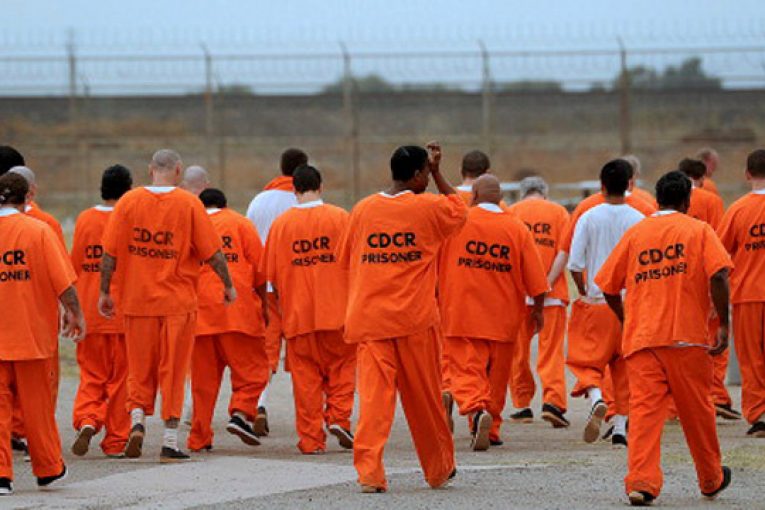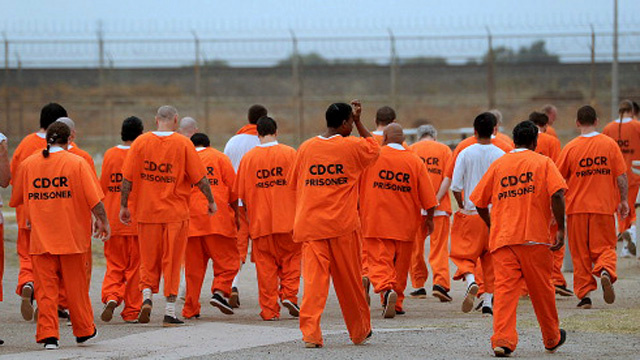

By Jose Medina
SACRAMENTO, CA – A first-in-the-nation legislative measure that would require judges and prosecutors to consider, and state for the record, the cost of incarceration for criminal sentences was approved by the California State Assembly last week here at the State Capitol.
Assembly Bill (AB) 1474, if passed by the CA State Senate and signed by the Governor, would estimate costs of recommended sentences by the courts, as determined by the Dept. of Finance and the Board of State and Community Corrections.
AB 1474 is authored by Assemblymember Jesse Gabriel (D-Woodland Hills), who notes that “despite recent reforms in our approach to criminal and juvenile justice, California continues to lead the nation in spending on corrections.”
Gabriel added that “this results in diminished revenues for other public policy priorities, including education, housing, human services, public health, and environmental protection.”
Assemblymember Gabriel’s stated goals for the bill are to promote fiscal accountability, conduct additional transparency to the sentencing process, and help prosecutors and judges to be mindful of the impacts these sentences they recommend and impose, cause to society.
He stressed that AB 1474 “will help to ensure that taxpayer resources are spent wisely and in a manner that truly advances justice and public safety.”
According to a press statement issued by the assemblymember’s office, bipartisan support for criminal justice reform, including reducing the cost of state criminal justice systems, has increased over the years.
The statement said that “both the legislature and the electorate have taken various actions to reduce the number of incarcerated people under the supervision of the California Department of  Corrections and Rehabilitation (CDCR).”
Corrections and Rehabilitation (CDCR).”
And, since these policy changes have taken place “the state’s incarcerated population has declined by nearly one‑quarter and the persons on parole population by nearly one‑half.”
Despite all of these reductions, CDCR’s spending has not decreased.
CDCR’s spending has increased, the lawmaker maintains, about $3 billion, or approximately 30 percent, from about $9.7 billion in 2010‑11 to an estimated $13.3 billion in 2019‑20. As a result, California currently spends more on corrections than Texas and New York combined.
The major role in sentencing lies squarely on the laps of both prosecutors and judges and yet this appears to be the first time they are required to consider economic costs of incarceration.
Some suggest part of the reason for the inconsideration is that prosecutors work at the county level and when dealing with a state criminal case that ultimately results in the state imprisoning someone for a felony, the state ends up bearing the cost, not the county.
In an article from the Brennan Center for Justice on reducing prison costs, “this blank check on admissions creates a tragic paradox,” and that “it is easier and cheaper for a prosecutor to send someone to state prison rather than consider local, community-based options.”
AB 1474, according to its author, takes inspiration from protocols that are put into practice in Pennsylvania and Virginia. She notes that “in Philadelphia County and Loudon County, prosecutors state the estimated cost to taxpayers for the sentence they recommend.”
Director of Smart Justice California, Anne Irwin, voiced her support for AB 1474, stating that the bill “will help judges impose more effective sentences that promote both public safety and community well-being by focusing attention on the economic and opportunity costs of lengthy incarceration.”
She added that “this cost transparency will lead to an overdue examination of whether we are getting a good return on our costly investment in incarceration.”
Jose graduated from UC Davis with a BA in Political Science and has interned for the California State Legislature. He is from Rocklin, CA.
To sign up for our new newsletter – Everyday Injustice – https://tinyurl.com/yyultcf9
Support our work – to become a sustaining at $5 – $10- $25 per month hit the link:
This is an absolutely fabulous concept for cost accountability in our justice system. But if you want to see where the justice system expends much more needless public expenditure, go back a step.
Introduce a Bill that requires the Judiciary System to report to the public the cost of a trial. In particular, itemize the cost to the taxpayer for all of the pre-trial motions that result in yet undisclosed hours of time court systems consume on the company dime.
Include in a given trial the pro-rated costs for site maintenance and security. Show the percentage of time in a given month that a government building full of elaborately decorated courtrooms has nobody in attendance.
Create a spreadsheet that is available for public inspection revealing the cost for all of the administrative costs associated with delays and continuances requested by defense attorneys to accommodate the convenience and maximization of profit for his/her calendar.
Determine the cost of off-duty police officers subpoenaed for criminal trials who arrive on time for an AM proceeding, and then told that the matter was delayed and must remain available the remainder of the day while the overtime meter is clicking away at time-and-a-half.
These are but a few examples of a system that is largely inept in performance, noteworthy for its excessive consumption of time and money, and has virtually no accountability to the public that picks up the tab.